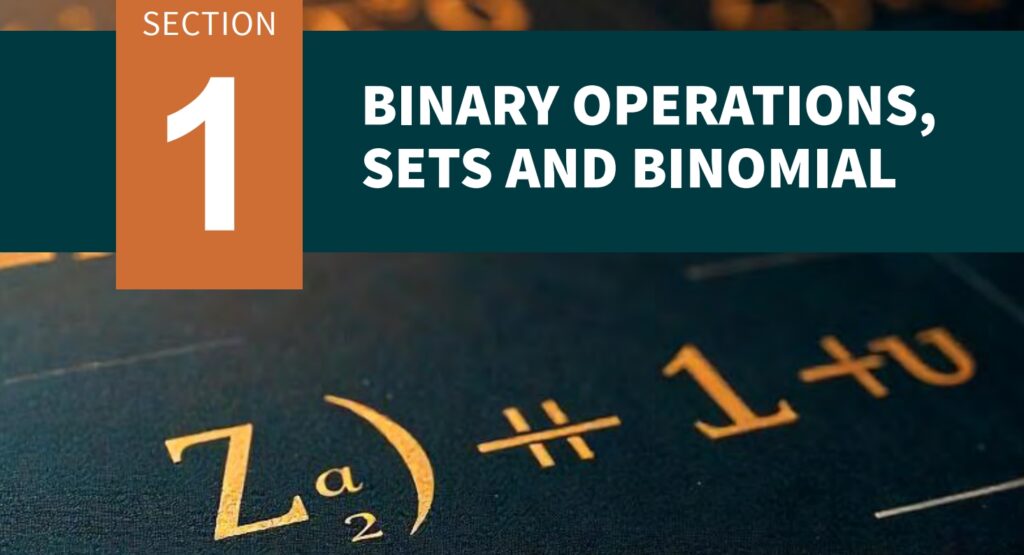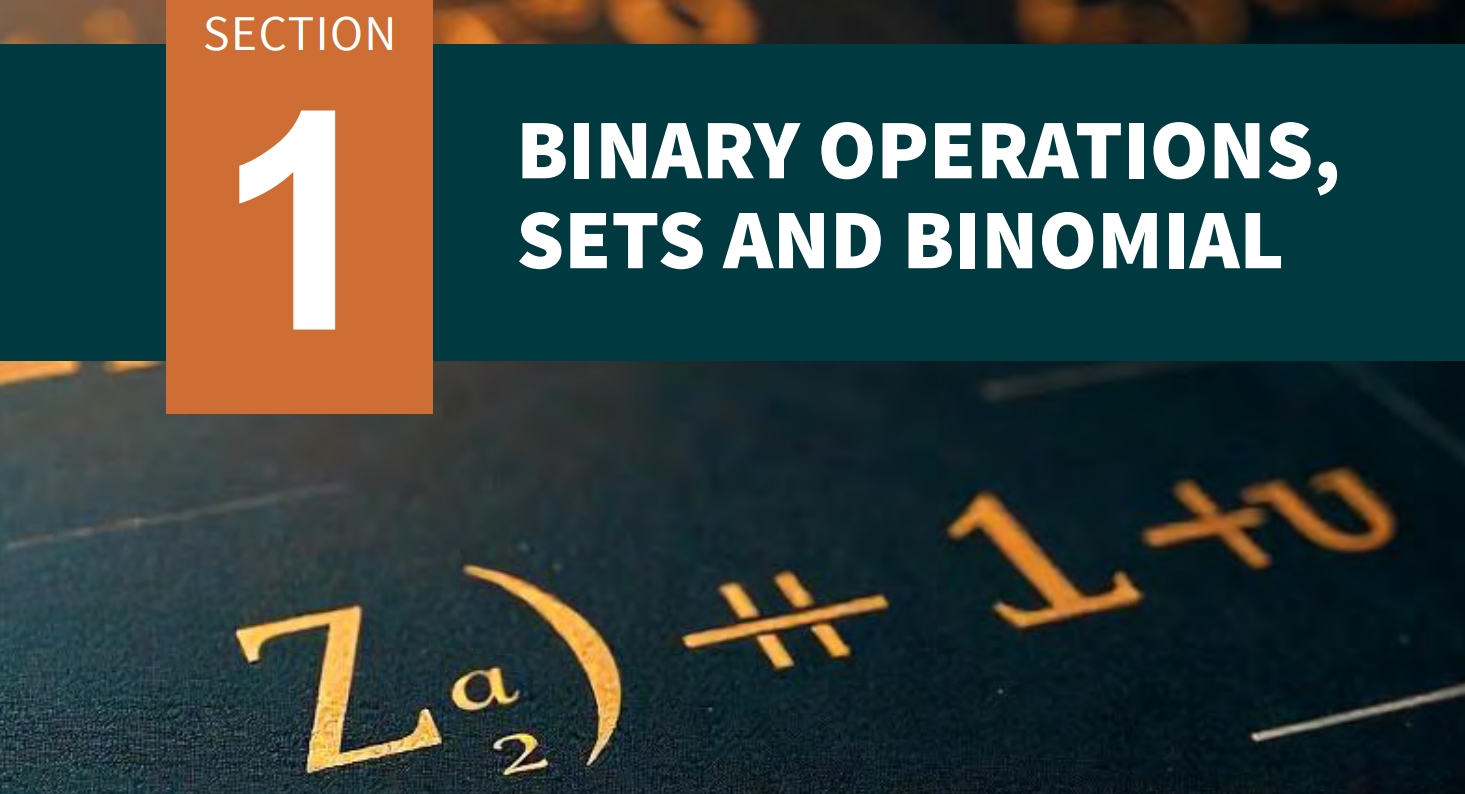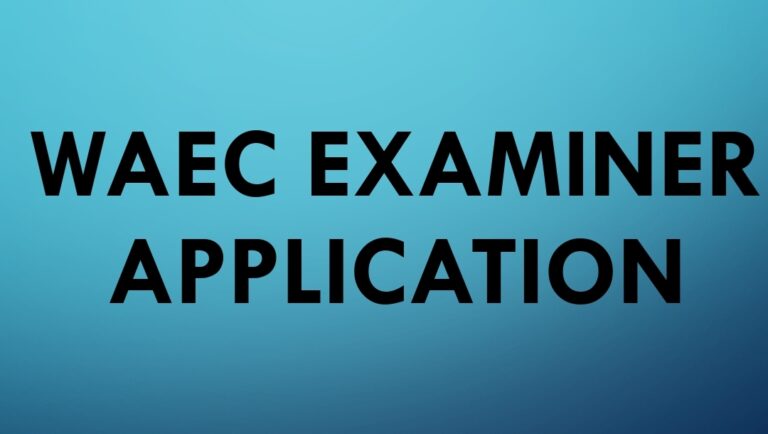The West African Secondary School Certificate Examination (WASSCE) is a key assessment for secondary school students in Ghana and across the West African region, with Elective Mathematics or Further Mathematics being a vital component of the curriculum, organized and administered by WAEC. This exam evaluates students’ understanding and application of various mathematical concepts, preparing them for higher education or professional paths in fields such as engineering, economics, and scientific research. In this post, we will explore the structure of the WASSCE for Elective Mathematics or Further Mathematics, breaking down the two key papers: Paper 1 (Objective Test) and Paper 2 (Theory Test).

Paper 1: The Objective Test (40 Questions)
Paper 1 of the WASSCE for Elective Mathematics consists of 40 multiple-choice questions that are divided into three main categories:
- Pure Mathematics (24 questions)
This section focuses on the fundamental concepts of mathematics that every candidate is expected to master. Topics may include algebra, calculus, sequences and series, functions, and matrices. These 24 questions test candidates’ ability to apply theoretical knowledge to solve abstract and problem-solving tasks. - Vectors and Mechanics (8 questions)
The Vectors and Mechanics section assesses students’ understanding of physical concepts using mathematical methods. Topics include vector algebra, forces, motion, equilibrium, and kinematics. These 8 questions are designed to test how well students can apply mathematical techniques to physical problems, such as calculating forces or solving vector-related problems. - Statistics and Probability (8 questions)
In this section, students are evaluated on their ability to understand and interpret data, as well as to calculate probabilities and handle statistical distributions. Topics might include measures of central tendency, probability distributions, and permutation and combination. These 8 questions ensure that students can analyze data effectively and apply probability theory to real-world scenarios.
Paper 2: The Theory Test
Paper 2 is a more in-depth theoretical assessment, consisting of 15 questions in total. The questions are divided into two sections: Section A (compulsory) and Section B (selective).
Section A: 8 Compulsory Questions
Section A contains 8 compulsory questions that candidates must answer. These questions are distributed across the three categories as follows:
- 4 questions from Pure Mathematics
- 2 questions from Vectors and Mechanics
- 2 questions from Statistics and Probability
These questions are typically of moderate difficulty and test candidates on a broad range of topics within each of the three categories. As candidates must answer all 8 compulsory questions, they need to be well-versed in the entire syllabus, with a particular focus on mastering core concepts.
Section B: Selective Questions (12 Questions in Total)
Section B offers candidates a choice, where they must answer 4 questions from three distinct parts. The structure of Section B is as follows:
- Part I: Pure Mathematics (3 questions)
Candidates are presented with 3 questions related to Pure Mathematics, from which they must choose at least one to answer. - Part II: Vectors and Mechanics (2 questions)
Similarly, there are 2 questions on Vectors and Mechanics, and candidates must choose at least one question from this part. - Part III: Statistics and Probability (2 questions)
Finally, there are 2 questions in Statistics and Probability, with candidates required to answer at least one.
In total, candidates must answer 4 questions from Section B, making up 12 questions altogether when combined with the 8 compulsory questions from Section A. This section allows candidates to showcase their strengths in specific areas of the syllabus, but it also requires a strategic approach, as students need to ensure they cover questions from all three parts.
Topics Under Pure Mathematics, Vectors & Mechanics, and Statistics & Probability
Pure Mathematics
- Sets
- Surds
- Binary Operations
- Relations and Functions
- Polynomial Functions
- Rational Functions
- Binomial Theorem
- Inequalities and Linear Programming
- Coordinate Geometry I
- Coordinate Geometry 2
- Sequences and Series
- Indices and Logarithms
- Trigonometric Ratios and Rules
- Compound and Multiple Angles
- Trigonometric Functions/Equations
- Differentiation
- Application of Differentiation
- Integration
- Application of Integration
- Matrices
- Linear Transformations
- Logic
Vectors & Mechanics
- Vectors I
- Application of Vectors in Geometry
- Statics
- Dynamics
Statistics & Probability
- Probability I
- Permutation and Combinations
- Probability II
- Statistics I
- Correlation and Regression
- Spearman’s Rank Correlation
How Marks Are Distributed in WASSCE Elective Mathematics/Further Mathematics?
Understanding the mark distribution in WASSCE Elective Mathematics is crucial for effective preparation. The examination consists of two main papers: Paper 1 (Multiple Choice) and Paper 2 (Essay). Here’s a breakdown of how marks are allocated:
Paper 1: Multiple Choice Questions (40 Marks)
- Total Questions: 40
- Marks Per Question: 1
- Total Marks: 40
Each question in this section carries 1 mark, making it straightforward. Accuracy and speed are essential here, as this paper is designed to test foundational concepts and problem-solving skills.
Paper 2: Essay Questions (100 Marks)
Paper 2 is divided into two sections: Section A (Compulsory) and Section B (Optional).
- Section A: Compulsory Questions (48 Marks)
- Number of Questions: 8
- Marks Per Question: 6
- Total Marks: 48
- Section B: Optional Questions (52 Marks)
- Number of Questions: 4 Marks Per Question: 13Total Marks: 52
Summary
- Paper 1: 40 Marks
- Paper 2: 100 Marks
- Section A: 48 Marks
- Section B: 52 Marks
Conclusion
The structure of the WASSCE for Elective Mathematics or Further Mathematics is designed to test a candidate’s proficiency in core mathematical areas, including Pure Mathematics, Vectors and Mechanics, and Statistics and Probability. Paper 1 focuses on objective questions that assess foundational knowledge, while Paper 2 delves deeper into theoretical application and problem-solving. With a total of 40 questions in Paper 1 and 15 questions in Paper 2, the exam challenges students to demonstrate a comprehensive understanding of mathematics in both theoretical and practical contexts.
To succeed in the WASSCE, candidates must be well-prepared in all three categories, ensuring they have a strong grasp of the key concepts in Pure Mathematics, Vectors and Mechanics, and Statistics and Probability. A strategic approach to answering the questions in Section B, while ensuring balance across all topics, will help students maximize their performance and achieve success in this important examination.







One Comment
Comments are closed.